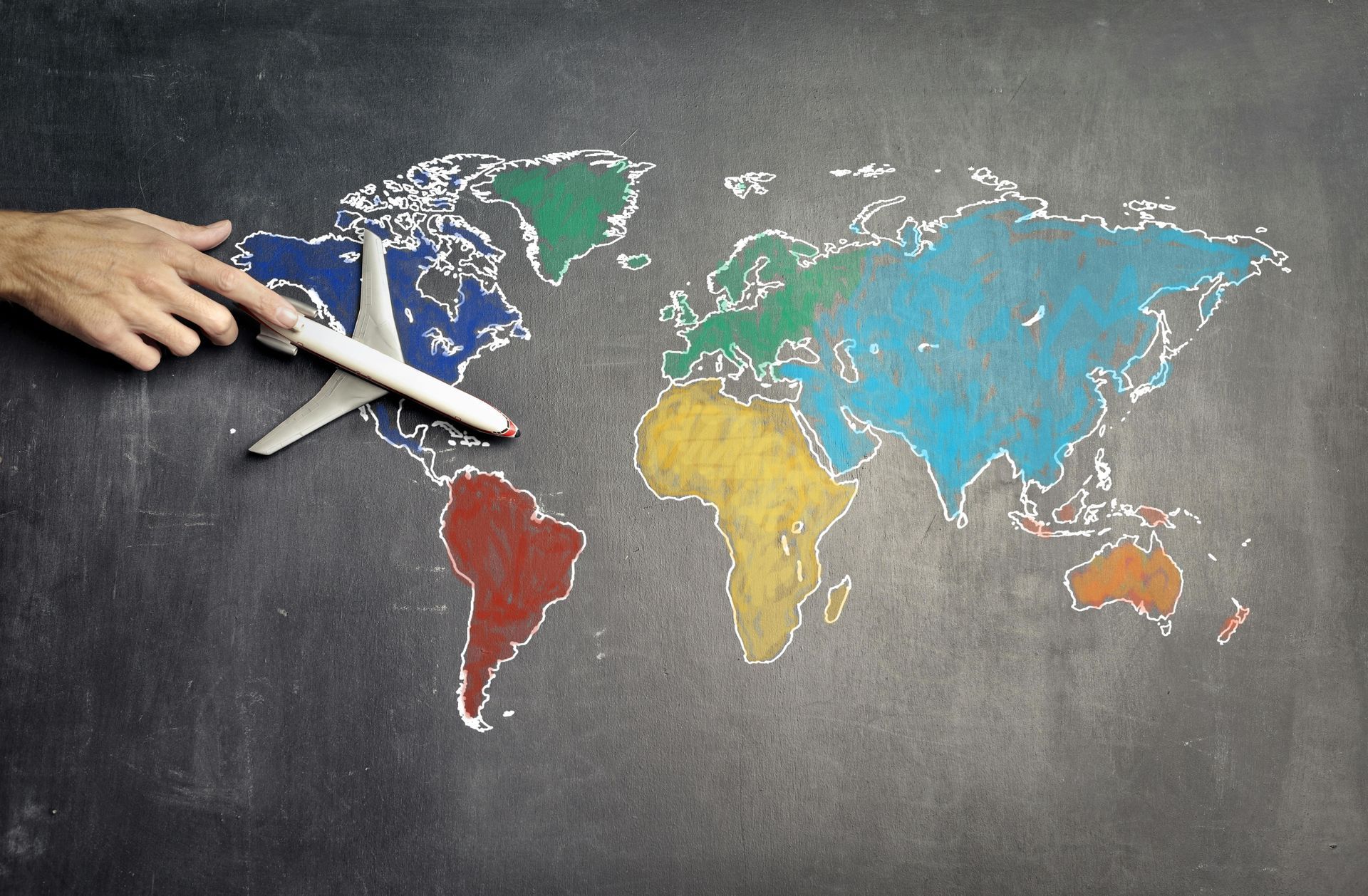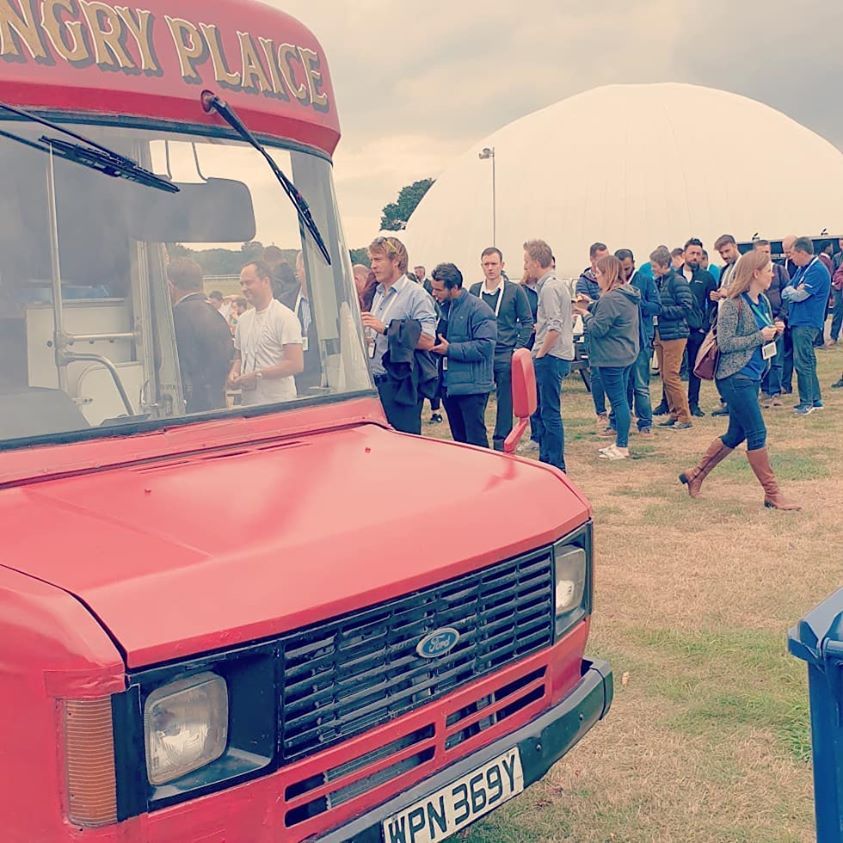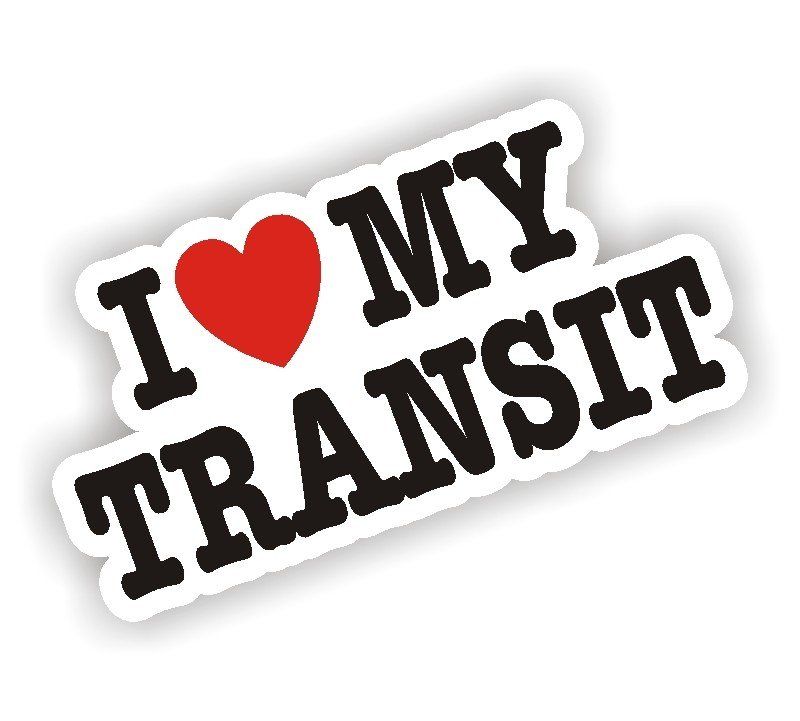Gratitude is more than just a polite response; it's a powerful catalyst for transformation within workplace culture. When employees feel appreciated, their engagement soars, fostering an environment ripe for innovation and collaboration. Gratitude creates ripples—small acts of acknowledgment that can lead to monumental shifts in morale and productivity. Company culture thrives on recognition, yet many organizations overlook its profound impact.
The Ripple Effect of Gratitude: Transforming Company Culture
The Ripple Effect of Gratitude: Transforming Company Culture
Recognising the achievements of team members cultivates respect and boosts overall satisfaction. It's not just about saying "thank you" but about building meaningful connections that enhance relationships. In today’s fast-paced business world, where challenges abound, appreciation can serve as a vital lifeline. Join us as we explore how implementing gratitude can reshape your company culture and lead to a happier, more productive workforce. Your journey towards fostering a grateful environment begins here!
The Science Behind Gratitude
Gratitude is more than just a polite response; it's a powerful emotional force that profoundly impacts emotional well-being. Research indicates that expressing gratitude can lead to increased feelings of happiness and reduced symptoms of depression and anxiety. In practical terms, when employees regularly share gratitude—whether through personal thank-you notes or during team meetings—it fosters an environment of positivity that enhances overall mental health. For example, a study published in the Journal of Happiness Studies found that participants who practiced daily gratitude exercises reported higher levels of positive emotions and life satisfaction compared to those who did not.
Furthermore, evidence suggests that gratitude has a direct correlation with productivity in the workplace. A research paper by Harvard Business Review highlighted companies implementing recognition programs saw significant boosts in employee productivity as well as engagement metrics. Notably, employees who felt appreciated were 31% more productive and exhibited 37% higher sales than their non-appreciated counterparts. When teams feel acknowledged for their contributions, they are energized to go above and beyond in their roles, fostering innovations that ultimately benefit the organization.
In addition to enhancing productivity, practicing gratitude provides considerable psychological benefits for both employees and managers alike. Managers who cultivate a culture of appreciation often report lower stress levels and increased job satisfaction themselves. The cycle becomes self-reinforcing: when leaders model gratitude, they create an atmosphere where team members feel supported and valued, which further encourages them to express thanks toward one another again. This interconnectedness within workplace relationships cultivates trust and collaboration—two essential components for any thriving organization.
Understanding Company Culture
Company culture is the lifeblood of an organization, shaping how employees interact, make decisions, and feel about their work environment. At its core, healthy company culture encapsulates shared values, beliefs, and behaviors that result in a cohesive workplace atmosphere. It encompasses elements like communication style, employee engagement practices, leadership approaches, and even office design. For instance, companies like Google emphasize open communication and collaboration by designing spaces that foster creativity and teamwork. When these cultural components align with employee needs and organizational goals, it leads to increased job satisfaction and productivity.
Employee engagement plays a critical role in further defining corporate culture. Engaged employees are not only more productive but also act as cultural ambassadors who embody the company’s mission and values. When organizations actively involve their employees in decision-making processes or solicit feedback on policies—like flexible working hours or professional development opportunities—they cultivate a sense of belonging and responsibility among their workforce. Consider the example of Zappos, which holds regular town hall meetings where all employees can share ideas openly; this practice not only enhances transparency but also strengthens engagement by making individuals feel valued.
Recognition is a foundational pillar within this broader cultural framework; it reinforces positive behaviors while simultaneously nurturing employee participation. Acknowledging achievements—whether through public praise during meetings or informal shout-outs in team chats—shapes an environment where everyone feels appreciated for their contributions. Take Salesforce’s “Ohana” philosophy as an illustration: this approach emphasizes family-like support among employees while celebrating successes regularly through various recognition programs. By doing so, they leverage gratitude to reinforce values such as teamwork and respect that exist within their unique company culture.
Ultimately, understanding how these elements intertwine enables organizations to develop a thriving workplace where appreciation fosters deeper connections among staff members rejoicing in shared accomplishments—a vital ingredient in sustaining long-term success. By focusing on building both robust engagement strategies and structured recognition initiatives like reward days mentioned previously, leaders can effect meaningful transformations throughout the organization leading to higher morale and retention rates over time.
Regular Staff Reward Days: What They Are
Regular staff reward days are dedicated occasions where organizations take a step back from their daily operations to recognize and celebrate the contributions made by employees. These events serve as vital touchpoints within the broader framework of company culture, aiming to reinforce feelings of appreciation and belonging among team members. By designating specific days for these celebrations, companies can create structured opportunities for recognition that otherwise might be overlooked in the hustle and bustle of everyday work life. The essence of these reward days is simple yet powerful: to express gratitude and validate the hard work that employees pour into their roles.
The format and activities associated with staff reward days can vary widely depending on an organization's culture, size, and budget. Common practices include informal gatherings such as potlucks or themed lunches, employee shout-outs during team meetings, unique awards for outstanding contributions, or even wellness activities like group outings to parks or cultural sites. Some companies host more elaborate events with guest speakers or professional development workshops tied into a day of appreciation. The goal is to create memorable experiences that unite colleagues while fostering an atmosphere of support and camaraderie—something that resonates beyond just one special day.
When planning successful staff reward days, frequency matters significantly. Some organizations opt for monthly recognitions, while others may choose quarterly celebrations or annual galas centered around significant milestones achieved throughout the year. Whatever the chosen rhythm, effective planning requires clear communication about the purpose of these events and thoughtful consideration toward inclusivity so every employee feels acknowledged regardless of their role within the organization. Additionally, gathering feedback post-event can provide invaluable insights into what works best for your team, ensuring each reward day continues to grow and evolve with employee needs in mind.
By formalizing moments dedicated to gratitude through regular staff reward days, companies not only elevate morale but also strengthen overall engagement levels in their workforce. It’s a simple yet profound way to build connections between peers—allowing individuals not only to feel valued but also inspired by one another's successes as they foster a richer company culture based on mutual respect and recognition.
Benefits of Implementing Reward Days
Implementing regular reward days can significantly boost employee morale and motivation, largely by fostering a culture of appreciation. When employees feel recognized for their hard work, it ignites a sense of belonging and purpose within the organization. For instance, consider a tech company that introduced quarterly recognition afternoons where achievements are celebrated openly—be it project completions, milestones reached, or creative solutions devised. Employees not only leave these events feeling valued but also more energized to tackle future challenges. The ripple effect is profound; this renewed motivation reflects in their productivity and enthusiasm at work.
In addition to elevating individual spirits, reward days also serve as an excellent platform for strengthening relationships among team members. When colleagues come together to celebrate accomplishments, barriers dissolve naturally; people share laughter, express gratitude, and build camaraderie that extends beyond the workspace. A manufacturing firm might hold monthly barbeque lunches for its employees to acknowledge team efforts. Such informal gatherings allow employees from different departments to connect on a personal level while appreciating one another’s contributions. This enhanced interpersonal connectivity fosters collaboration—an invaluable asset in today’s teamwork-oriented business environment.
Furthermore, reward days play a crucial role in increasing talent retention rates by reinforcing a positive work atmosphere where employees feel acknowledged and appreciated. In competitive job markets, organizations that prioritize employee recognition stand out as desirable employers. A healthcare institution that launched “Employee Appreciation Weeks,” featuring daily surprises like catered lunches or small gifts seen as tokens of appreciation saw remarkable improvement in retention metrics within mere months. When employees witness their value reflected through acknowledgment initiatives like these, they are less likely to seek opportunities elsewhere.
Ultimately, the incorporation of reward days cultivates an enriching workplace culture where appreciation is woven into everyday operations. By lifting morale, fostering teamwork, and creating an environment conducive to growth and stability, organizations are better positioned to thrive against the backdrop of ever-evolving industry challenges. Emphasizing gratitude fosters loyalty among employees while simultaneously enhancing overall organizational performance—a genuine win-win scenario!
Success Stories: Companies That Got It Right
Numerous organizations have embarked on the journey of enhancing their culture through gratitude-focused initiatives, with remarkable outcomes. Take Salesforce, for instance. The technology giant shines as a prime example of effectively integrating reward days into their corporate fabric. Salesforce implements "Thank You Days" where employees are recognized not just for top performance but also for collaboration and support among team members. This initiative has fostered a strong sense of community within the organization, significantly impacting employee morale and productivity. According to their internal studies, over 85% of employees reported feeling more engaged after participating in such appreciation events.
Another inspiring case is that of Zappos, which prides itself on creating a vibrant company culture rooted in recognition and camaraderie. Their quarterly "All Hands" meetings double as reward days where employees celebrate individual contributions and team achievements alike. These gatherings serve not only to honor hard work but to reinforce the company's values; even customers often take part in recognizing outstanding employee efforts via testimonials. The result? Zappos has seen a staggering reduction in turnover rates—boasting an impressive improvement from 30% to 15% annually since implementing this robust system of acknowledgments.
Employee feedback reveals how these recognition programs can spur considerable enthusiasm within teams. For example, Sarah, a marketing manager at a mid-size tech firm that adopted regular reward days, shares her experience: “Being celebrated for my contributions wasn’t just heartwarming; it motivated me to push harder for our goals.” Such sentiments underscore how essential recognition is—inspiring staff not only to achieve personal success but also to contribute positively toward collective aims.
Lastly, metrics following the establishment of reward systems illustrate tangible benefits across various companies. Businesses like Google report significant boosts in retention rates—rising by nearly 20%—and improved productivity levels directly linked to regular recognition practices. These statistics solidify the idea that investing time and resources into acknowledgement strategies doesn’t merely enhance individual experiences but redefines overall organizational performance through gratitude’s compelling ripple effect.
Practical Tips for Introducing Reward Days
Introducing reward days requires careful planning and alignment with your company culture to ensure they resonate across all levels of the organization. Start by conducting a survey or holding focus groups to gather input from employees about what types of recognition would be meaningful to them. This fosters a sense of ownership among team members and allows you to tailor events that genuinely reflect their preferences—be it casual gatherings, celebratory lunches, or themed festivities. For example, if your workforce is composed primarily of younger professionals, consider integrating technology such as a virtual reality experience or an online gaming tournament into your reward day activities.
Once you’ve established a framework for your staff reward days, think about how these celebrations can lead into a broader culture of ongoing recognition. A natural extension could be adopting a 'kudos' board where employees recognize one another's efforts throughout the week. Encourage managers and team leaders to make acknowledgment part of their daily interactions—whether that's simple verbal praise during meetings or personalized notes that highlight specific employee contributions. Doing so nurtures an environment where appreciation isn’t confined to special events but becomes woven into the fabric of everyday communication.
Engagement is crucial when implementing effective reward days; consider involving all levels of staff in the process from conception through execution. Forming a committee made up of diverse representatives—from entry-level employees to senior management—can bridge gaps between different job functions and create buy-in for event ideas. Offering leadership roles in organizing sections like logistics or programming not only empowers individuals but also helps cultivate teamwork and instills pride in the shared accomplishment once the event takes place.
Ultimately, consistency is key: Regularly scheduled reward days can create anticipation and reinforce an ongoing culture of gratitude within the workplace. Commit to evaluating each event's impact through feedback sessions afterward; this allows time for reflection on what went well and what could improve next time around. By treating gratitude as an evolving conversation rather than a one-time occurrence, you’re setting the stage for sustainable positive change that benefits everyone involved.
Overcoming Resistance to Change
Introducing new recognition initiatives like staff reward days can often face resistance, particularly in an organization that may be set in its ways. Leaders and employees alike may express skepticism about the effectiveness of these practices, fearing they could disrupt existing workflows or, worse, feel superficial. Common challenges include a lack of understanding regarding the positive impact of gratitude on morale and productivity, as well as misconceptions that driveants believe such initiatives are merely “fluff” rather than valuable shifts in company culture.
To overcome this resistance, it’s essential to engage leadership early on. One effective technique is to present concrete data and research findings that demonstrate the tangible benefits of gratitude practices—such as increased employee retention rates and improved overall performance metrics. For example, showcasing results from studies that illustrate how appreciation leads to heightened job satisfaction can align leadership with the initiative’s goals. Additionally, involving influential team members in pilot programs allows for grassroots advocacy; when employees see their peers excited about recognition efforts, they’re more likely to support them.
Communication plays a critical role in easing worries and garnering enthusiasm around new initiatives. Using diverse channels—such as team meetings, newsletters, or interactive workshops—allows you to articulate the value of gratitude-focused practices effectively. Sharing success stories from other organizations that have adopted similar programs can inspire confidence and excitement among both leadership and teams. Furthermore, soliciting feedback throughout the implementation process shows employees their voices matter; creating a sense of ownership can ease apprehension about change while fostering a culture where appreciation is woven into daily interactions.
Ultimately, patience is key when introducing any cultural shift within an organization. Cultivating open dialogues about potential concerns helps address fears head-on while reinforcing the importance of adaptability in creating a flourishing workplace environment rooted in gratitude. By prioritizing transparent communication strategies alongside real-world evidence and championing enthusiasm from within the team, organizations will be better positioned to overcome initial resistance and rejuvenate Company Culture with positivity at its core.
Measuring the Impact of Gratitude Practices
To truly understand the effect of gratitude practices like regular staff reward days on workplace culture, it is crucial to employ a variety of measurement tools and methodologies. One effective way to gauge changes in workplace morale post-implementation is through employee engagement surveys administered both before and after these events. Questions focusing on job satisfaction, feelings of recognition, and overall happiness at work can provide valuable quantitative data. Tools such as Gallup’s Q12 or custom-tailored surveys help HR professionals capture a holistic view of employee sentiments, leading to actionable insights.
While quantitative metrics such as increased engagement scores are valuable, qualitative feedback should not be overlooked. Conducting focus groups or one-on-one interviews can reveal deeper insights into how employees genuinely feel about the recognition initiatives. For instance, after implementing regular reward days at a successful tech startup, managers discovered that employees valued not just the awards themselves but also the opportunity for social interaction and team bonding these occasions facilitated. Gathering anecdotal evidence from employees helps enrich numerical data and provides context for understanding its significance.
Once you’ve collected both types of data, it’s essential to reflect on what this information tells you about your gratitude practices. Are there any patterns that indicate which aspects resonate most with employees? This reflection allows organizations to make informed adjustments to their programs based on genuine employee experiences. For example, if feedback indicates that certain activities during reward days were especially well-received—like personalized recognitions or themed parties—you may decide to emphasize those elements in future events.
Continuous improvement should be central to the goal of creating a gratitude-rich environment; therefore, regularly revisiting your measurement strategies becomes essential. By fostering an ongoing loop of feedback and adaptation, companies empower their staff while cultivating a sustainable culture rooted in appreciation. Ultimately, measuring the impact of gratitude practices not only supports organizational growth but also reinforces an enduring commitment to valuing each employee's contribution—a vital component for long-term success.
A Culture Rooted in Gratitude
In summary, gratitude has the power to transform organizations from the inside out. When companies embrace a culture of appreciation, they unlock an endless potential for growth and collaboration. This simple yet profound practice can significantly enhance employee engagement, morale, and overall productivity. By focusing on recognizing contributions — both big and small — businesses create an environment that nurtures relationships and fosters innovation.
Now is the time to take action. Start by implementing regular staff reward days as part of your strategy to cultivate gratitude in the workplace. Involve everyone in this mission; encourage leadership participation while supporting peer-to-peer recognition efforts. As you embed appreciation into your daily operations, you’ll not only boost workforce satisfaction but also shape a thriving culture where every team member feels valued. Foster that environment, and watch as the positive effects ripple through your company!
The Hungry Plaice
Vintage Fish & Chip Van And Ice Cream Van Hire
Contact Us For A Quote
Sign up to our newsletter
















